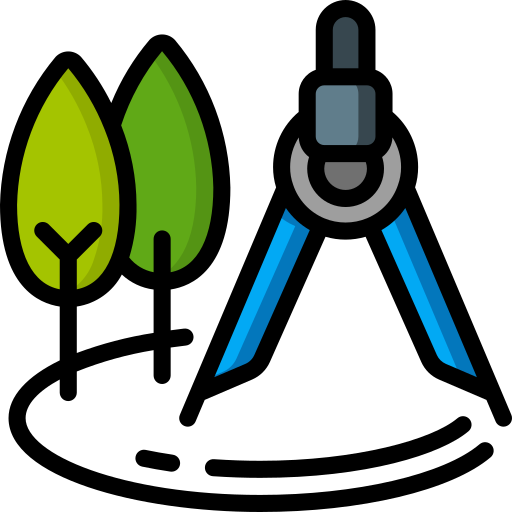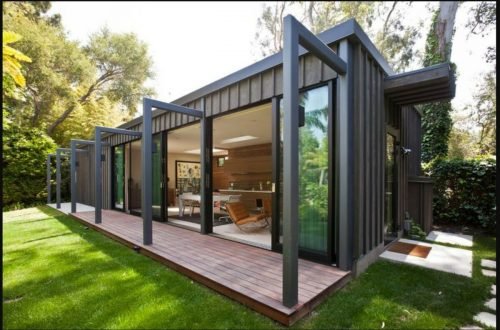In the world of steel, there’s a name that resonates with durability, innovation, and timeless beauty – Corten. This exceptional material has a fascinating history that dates back to the 1930s, and its evolution has left an indelible mark on various industries, from railways to architecture. Join us to learn about the captivating history of corten steel.
The Birth of Corten: A Solution for Railway Coal Wagons
In the 1930s, the United States Steel Corporation found itself facing a unique challenge – the need for rugged, corrosion-resistant steel for railway coal wagons. This was an era when America’s railways and collieries demanded materials that could endure the harshest conditions, and Corten was born as a response to this demand.
The remarkable feature of Corten steel is its controlled corrosion, which turned out to be an unexpected benefit of its toughness. It quickly became evident that this steel could withstand the rigors of marshalling yards and collieries like no other material. Thus, Corten found its initial purpose in the world of railway transportation.
Corten’s Journey to Civil Engineering and Architecture
As the 1960s dawned, Corten’s journey took a significant turn with its expanded applications in civil engineering. Engineers and architects began to harness its improved resistance to corrosion for a wide range of construction projects. It wasn’t long before Corten became synonymous with innovative and striking architectural designs.
The Science Behind Corten’s Unique Properties
Corten steel owes its exceptional properties to a precise manipulation of alloying elements during the production process. Unlike steel produced from scrap, primary route steel is derived from iron ore through a series of processes that reduce its carbon content, making it less brittle and more robust.
During this production process, specific materials are added to create different types of steel. For instance, stainless steel includes chromium and molybdenum, while Corten steel incorporates a combination of chromium, copper, silicon, and phosphorus. The exact composition varies depending on the desired attributes.
Understanding Corten’s Resistance to Corrosion
The secret to Corten’s resistance to corrosion lies in its ability to control the rate at which oxygen in the atmosphere reacts with its surface. Unlike conventional steel, which rusts when exposed to air and water, Corten’s unique composition forms a protective layer of rust, also known as iron oxide.
This rust layer, unlike the porous oxide layer found in non-weathering resistant steels, does not hold moisture and, in fact, inhibits further corrosion. Over time, under the right conditions, this rust layer stabilizes, forming a protective barrier that shields the steel beneath it. In essence, Corten’s rusting rates follow a distinctive pattern, resulting in long-term durability.
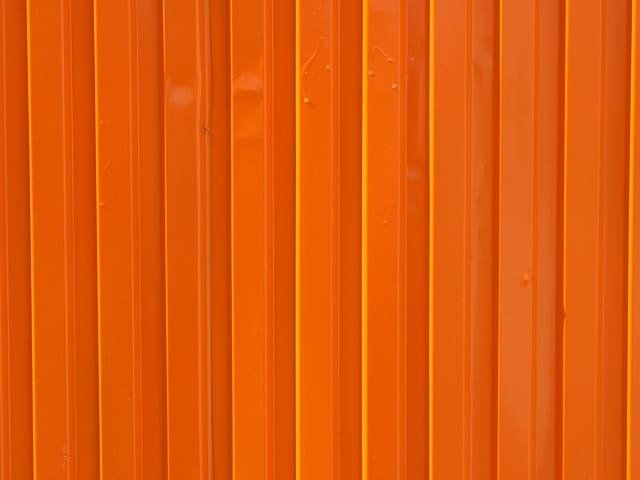
The Enduring Legacy of Corten Steel: History of Corten Steel
In conclusion, Corten steel’s journey from its inception in the 1930s to its widespread use in the 21st century is a testament to human ingenuity and our ability to create materials that withstand the test of time. Whether it’s serving as a robust choice for railway coal wagons or adorning the facades of architectural marvels, Corten continues to shape industries and inspire designers worldwide.
As we reflect on the history of Corten steel, it’s clear that this material is more than just a construction material – it’s a symbol of resilience, innovation, and timeless beauty.
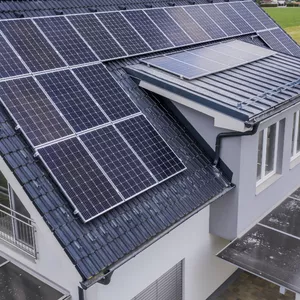 MAS INFORMACIÓN CLIC AQUÍ Construye Tu Casa con Contenedores Paso a Paso
MAS INFORMACIÓN CLIC AQUÍ Construye Tu Casa con Contenedores Paso a Paso 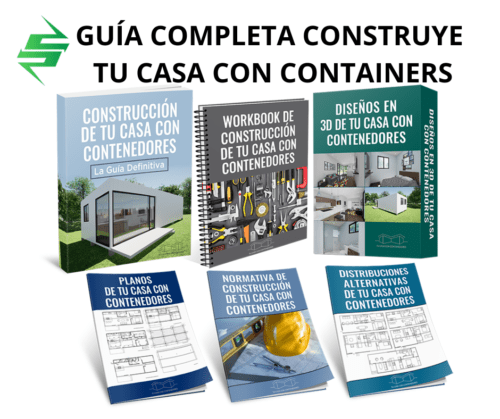 «Tu casa con contenedores» es la única guía paso a paso que existe para construir tu propia casa con containers desde cero. No importa si no tienes conocimientos sobre construcción, si pensar en ello te da dolor de cabeza, si eres constructor o trabajas en una oficina. La guía está escrita para que cualquiera pueda entenderlo. MAS INFORMACIÓN CLIC AQUÍHágalo Usted Mismo Construye Tu Casa con Contenedores Paso a Paso
«Tu casa con contenedores» es la única guía paso a paso que existe para construir tu propia casa con containers desde cero. No importa si no tienes conocimientos sobre construcción, si pensar en ello te da dolor de cabeza, si eres constructor o trabajas en una oficina. La guía está escrita para que cualquiera pueda entenderlo. MAS INFORMACIÓN CLIC AQUÍHágalo Usted Mismo Construye Tu Casa con Contenedores Paso a Paso
